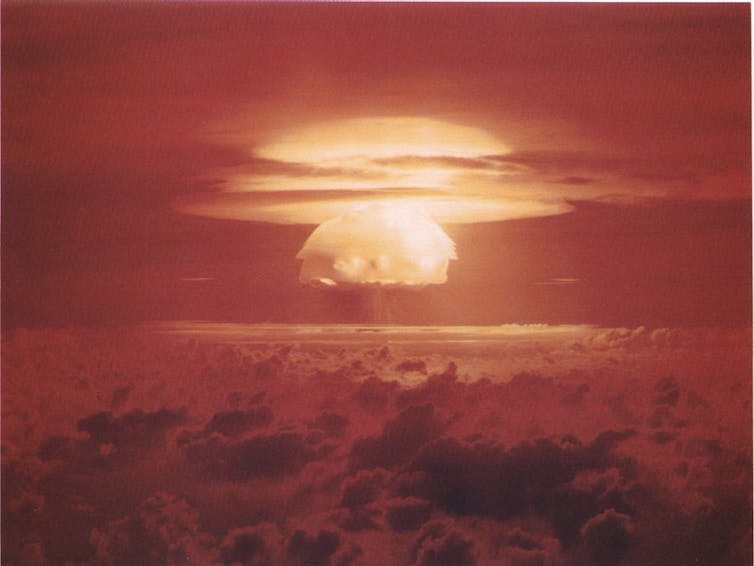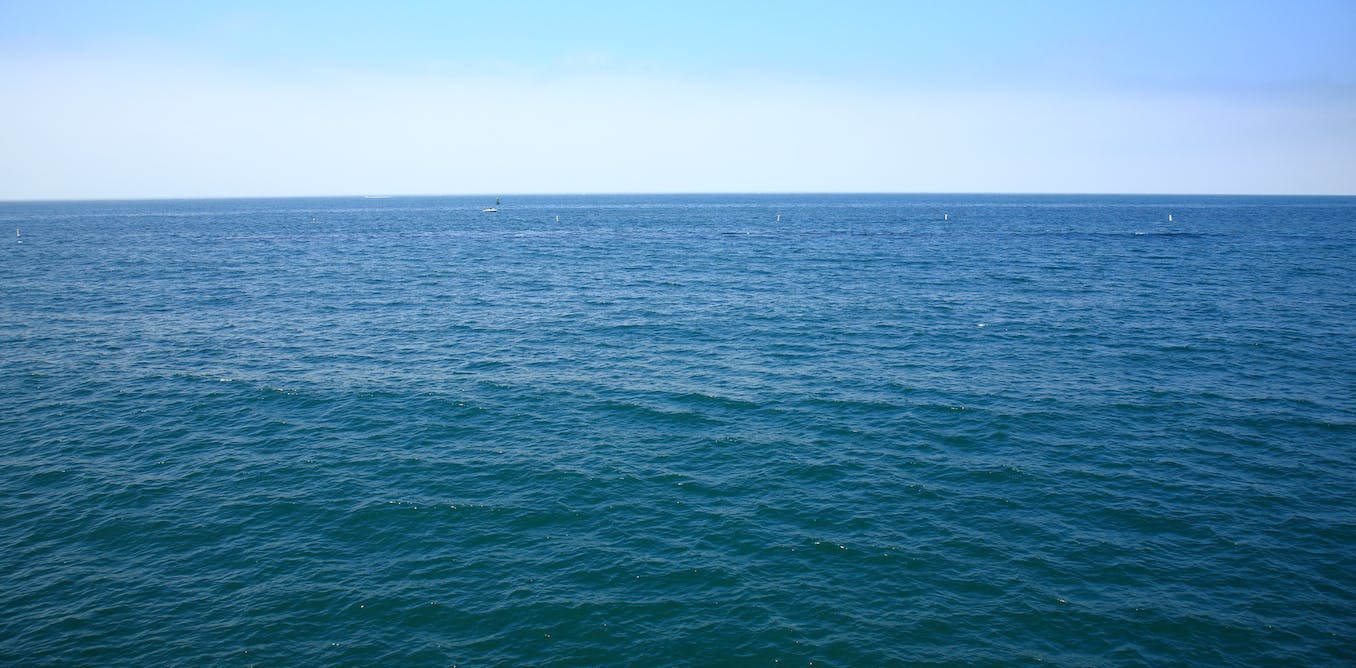Avi Loeb, an astrophysicist at Harvard University in the US, has published a press release claiming that some of the 700 or so spherical metallic fragments (spherules) he recovered from the bottom of the Pacific Ocean, just off the coast of Papua New Guinea, are from beyond the Solar System.
The discovery was quite interesting because, although such spherules are distributed globally, it is not easy to recover them from the depths of the ocean bed – requiring a dredging operation with a powerful magnet. But Loeb has speculated that the spherules may be related to the passage of an interstellar meteor, IM1, which burned up over the South Pacific Ocean in January, 2014. He has even hypothesised that the spherules are actually debris from an alien spacecraft. I commented at the time that I’d need firm analytical evidence to accept such interpretations.
Loeb has now provided a very detailed set of analytical data of 57 spherules in an article submitted to a journal. But it has not yet been subject to the peer review that academics require before they accept research as legitimate. However, the paper has been subject to much scrutiny on social media.
NewsNation/Youtube, CC BY-SA
Loeb’s analyses were carried out using well known techniques and state-of-the art equipment, so there are no concerns that the analyses are faulty. Indeed, most of the spherules do appear to come from outside our own planet, as shown by their abundances of elements such as nickel, magnesium and manganese, which match those of meteorites.
Such particles are referred to as “cosmic spherules” and normally come from asteroids within our Solar System. Loeb’s material is, in fact, similar in nature to cosmic spherules that have been found in sediments and ice cores.
A few of the spherules stand out because they have more unusual elemental compositions. These are named “BeLaU” particles by Loeb because they are rich in beryllium, lanthanum and uranium. Loeb rules out them being natural, terrestrial material, or extraterrestrial material from within the Solar System, on the basis of their iron isotope compositions. Isotopes are versions of an element with the same number of particles called protons in the nucleus, but different numbers of particles called neutrons, giving them different atomic masses.
His conclusions are a little inconsistent. The BeLaU spherules do indeed have a very different iron isotopic composition from some terrestrial and Solar System bodies, specifically those that have been through the process of melting and cooling as they formed. In other words, they do not match planetary objects, such as the Earth, Mars or the Moon. But that does not rule out their coming from bodies that have not been through a planetary formation process, such as the asteroids from which cosmic spherules originate.
Most cosmic spherules have been produced by ablation, the process by which material is eroded from a surface by friction. The friction is generated by interaction with air as a meteorite passes through the atmosphere at high velocity. This imparts unusual iron isotope compositions to the particles. The BeLaU spherules have iron isotope compositions in the same range as cosmic spherules. This could imply that they are indeed from within the Solar System.
Although Loeb acknowledges this, he still concludes that the BeLaU material has an interstellar origin.
Other explanations
It is interesting to join Loeb and speculate on potential origins for the spherules. In his paper, he says the samples “could have originated from a highly differentiated magma ocean of a planet with an iron core outside the solar system or from more exotic sources”. This is unlikely – iron meteorites from within the Solar System are the most affected by melting and this would explain the results.
Other possibilities that Loeb considers are supernovas (infinitely hot exploding stars) and cool, luminous stars (known as “asymptotic giant branch” stars, where cool is still incredibly hot). A supernova results from the catastrophic implosion of a stellar source, producing bursts of neutrons to form new elements.
The isotopic composition of those elements has been measured in many grains found in meteorites. Such grains are older than the Sun and could be regarded as interstellar. But they differ from the spherules described by Loeb because they are very small – only a few microns at most. Loeb’s samples are millimetre to centimetre sized.
I have another, equally speculative, suggestion. The Marshall Islands are only a few hundred kilometres or so from the region where Loeb searched. The Islands were the site of 67 nuclear tests by the US between 1946 and 1958, causing radiation damage. The spherules could be fallout from these tests – a type of human-generated supernova.

United States Department of Energy
I think there are more analyses that could be done to test Loeb’s hypothesis. For example: look for spherules in the beach sands and ocean floor around Bikini Atoll and Enewetak, where the nuclear tests took place.
Another obvious test is to measure the oxygen isotopic composition of the spherules. This parameter is based on the three stable isotopes of oxygen. The ratios between those can be used to conclusively determine whether material is terrestrial or extraterrestrial.
An oxygen isotope signature can be traced even following weathering and alteration of samples. Similarly, it would be informative to see whether there are gases trapped in the spherules. Analysis of noble gases (especially xenon) in the spherules could indicate if they came from a supernova or other type of star.
Assuming the spherules are not radioactive, I would be happy to facilitate their analysis. Our laboratories at The Open University specialise in the analysis of miniscule amounts of extraterrestrial material, specifically in oxygen isotope composition. We also have a long history of analysis of xenon in interstellar grains.
I am afraid that I come to the same conclusion that I did last time: Loeb has recovered some interesting particles, but none of the evidence he presents is sufficiently convincing to infer that the materials are either connected with IM1, or are from an alien spaceship.




